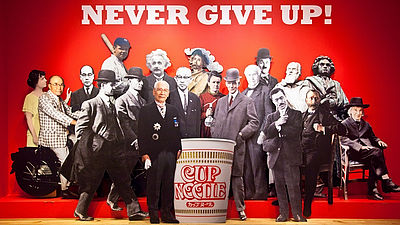Why is there not as much variation in desserts from restaurant to restaurant compared to appetizers and main dishes?

Restaurants offer a wide variety of food and drinks, and the menus vary greatly from restaurant to restaurant. However, when it comes to desserts, some restaurants have few options and simply offer the same menu as other restaurants. Digital media Vox explains why desserts don't vary much from restaurant to restaurant.
It is no exaggeration to say that a restaurant's menu can determine whether it succeeds or fails.

'Restaurants don't have high profit margins, certainly less than 10 percent,' says Katherine Gordon, a restaurant management professor at the Institute of Culinary Education in New York City.

The reason for this is that expenses such as product costs, labor costs, rent, and utility bills that support sales will increase.

However, if you set the menu prices too high, you will not attract customers, and if you set them too low, you will not make much profit. Striking a balance between the prices of your menu items is a very difficult part of running a restaurant.
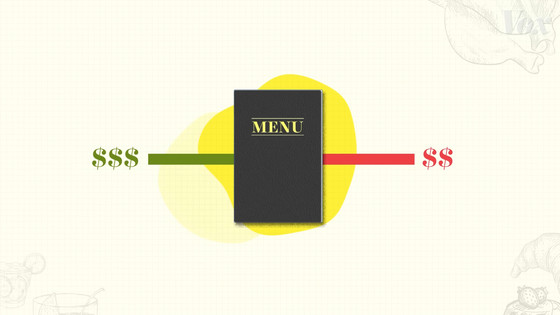
Below is a bar graph showing the average profit margin when dividing a restaurant's menu into appetizers, side dishes, alcohol, non-alcoholic beverages, main dishes, and desserts. The highest profit margins are for beverages and main dishes. Beverages in particular are important for restaurants because they are often ordered multiple times during a meal.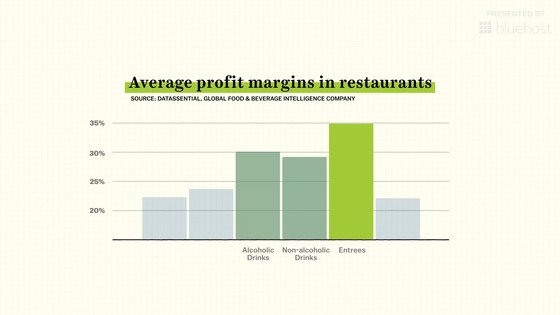
Meanwhile, appetizers and desserts have a much lower profit margin of 22%.
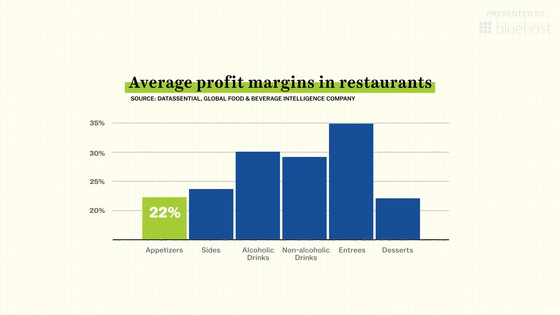
Of these, appetizers have a low profit margin, but they have the advantage of being able to keep the original product cost low. For example, if you use chicken for a main dish, instead of buying only the necessary parts of the chicken, you can buy a whole chicken and cook it. This is because you can make appetizers and soups using the unused parts and the bones and skin that would otherwise be thrown away.
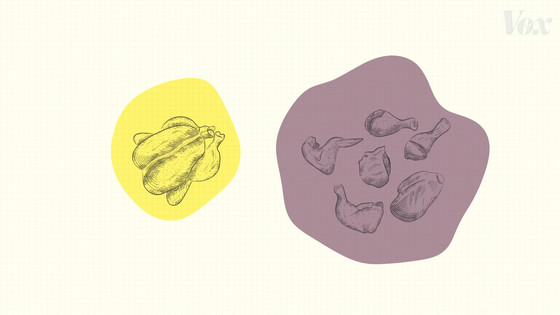
However, this technique is difficult to use for desserts.
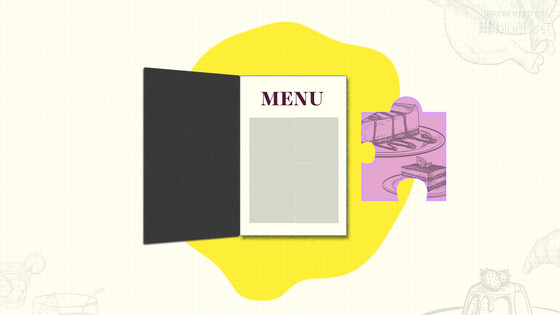
First, desserts tend to be made using ingredients that can be shared with appetizers and main courses.

In addition, the prices of ingredients used in desserts have all risen. For example, about 40% of the world's vanilla, which is used in ice cream and cakes, is produced in Madagascar. However, when Madagascar was hit by a record-breaking cyclone in 2017, vanilla production plummeted and prices soared. Prices have gradually stabilized since 2018, but have not yet returned to their previous levels.
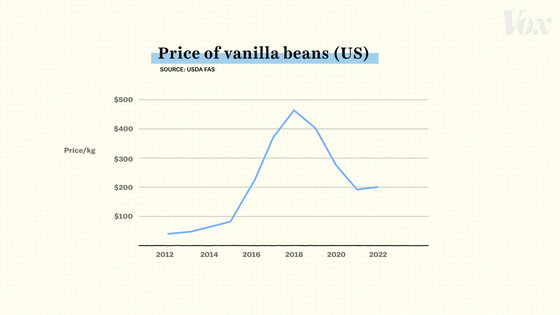
In addition, the price of cocoa, the raw material for chocolate, is also soaring. West Africa, which produces more than 70% of the world's cocoa, has been hit by drought caused by abnormal weather, and the price of cocoa has risen sharply, with cocoa futures
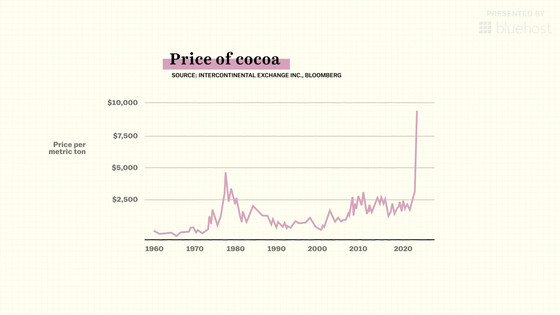
For these reasons, desserts are expensive and have fairly low profit margins at just over 20%.
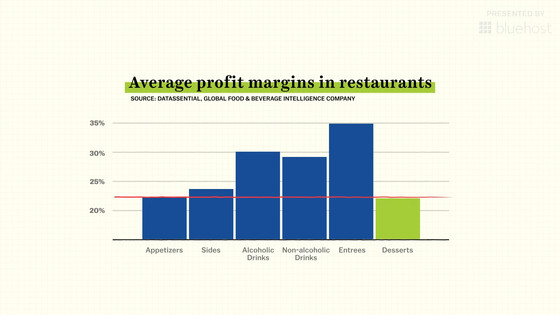
Generally, desserts are made by a specialized craftsman called a pastry chef, separate from the chef. However, desserts have a low profit margin and are expensive, so they are often the first to be cut when running a restaurant. For this reason, the layoff rate for pastry chefs is particularly high among chefs.
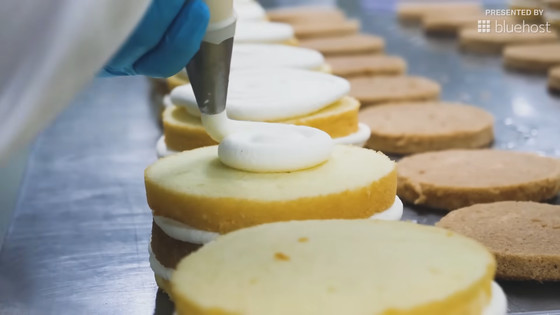
In the first place, desserts require different tools and cooking methods than regular dishes, so a dedicated cooking space for desserts is necessary. Therefore, unlike appetizers and main dishes, desserts are often not made in the kitchen, but instead purchased from a contracted patisserie.
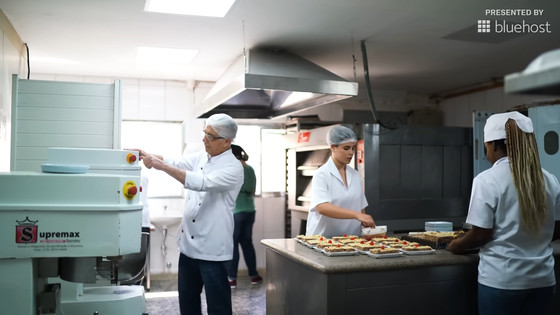
However, in recent years, neglecting desserts is no longer a safe strategy for restaurant management strategies. According to a Vox survey, the percentage of middle-aged and older people who order desserts at restaurants was less than 20%, while the percentage of younger generations, such as millennials and Gen Z, who order desserts was over 30%. In other words, the importance of desserts is increasing among younger generations.
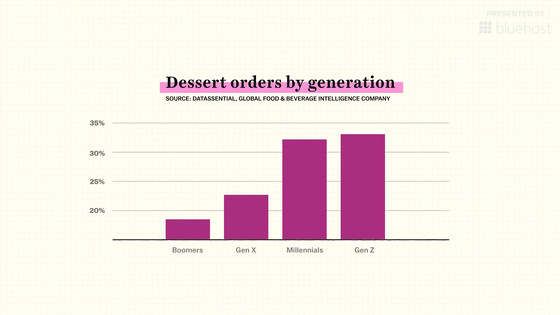
'We say we taste with our eyes, so we view the food first,' explains chef Craig Koketz of Quality Branded, which owns Bad Roman.

Bad Roman released a lemon-shaped lemon cheesecake, which became a hot topic on TikTok and became a popular menu item. Now, 40% of customers who visit Bad Roman order this lemon cheesecake. The visually appealing menu item became a hot topic on TikTok, making people who saw it wonder, 'What does this cake taste like?' and drawing them to the restaurant.
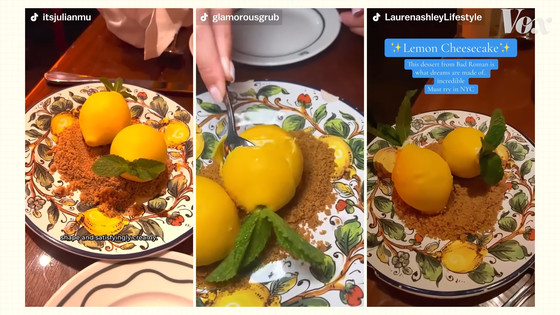
After all, the only way to truly increase a restaurant's profits is to attract customers to the restaurant. Vox said that in order to attract more customers, the restaurant needs to improve its poor menu, and that improving its dessert menu is an area for restaurant management improvement.
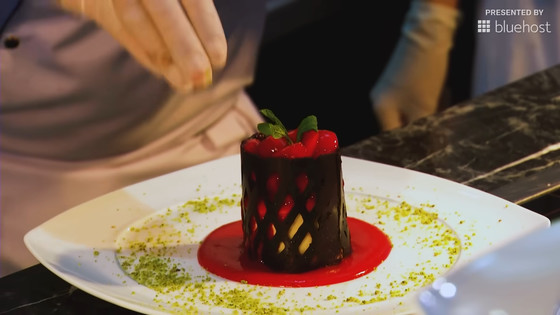
Related Posts:






